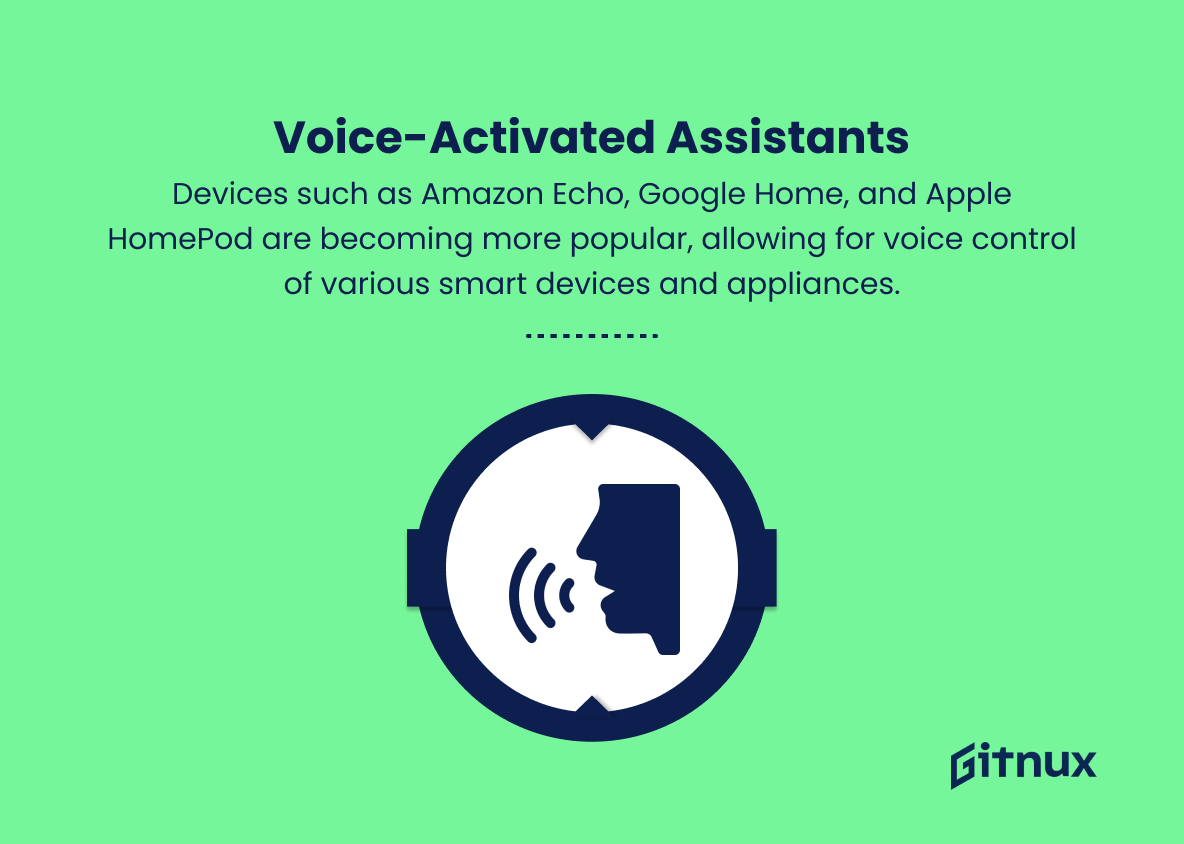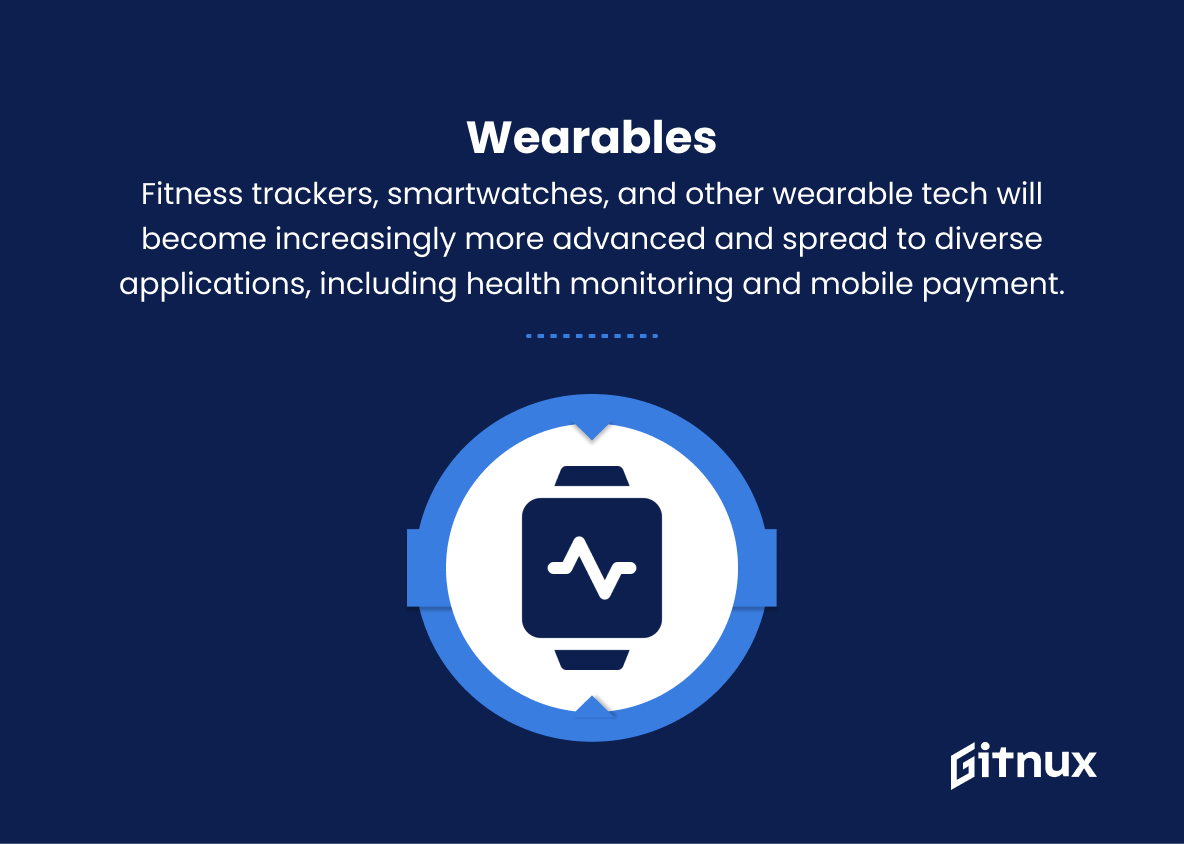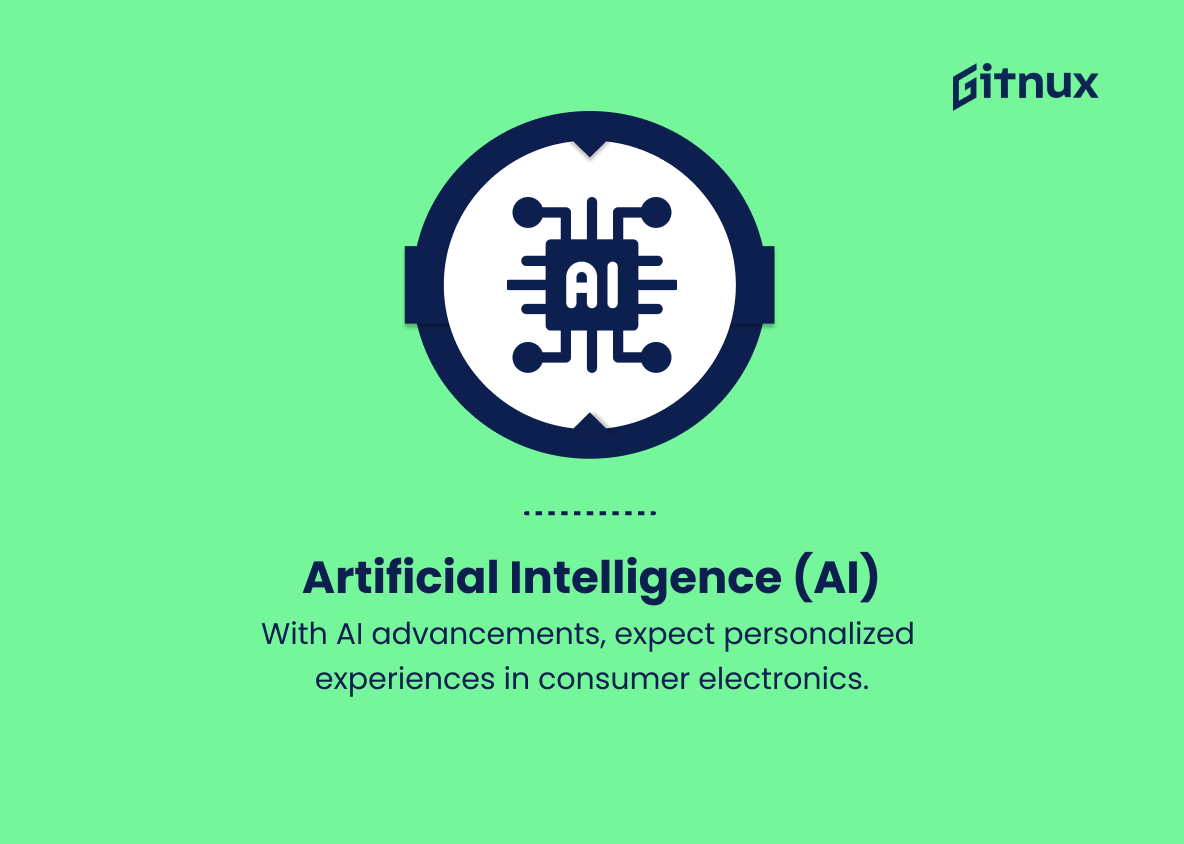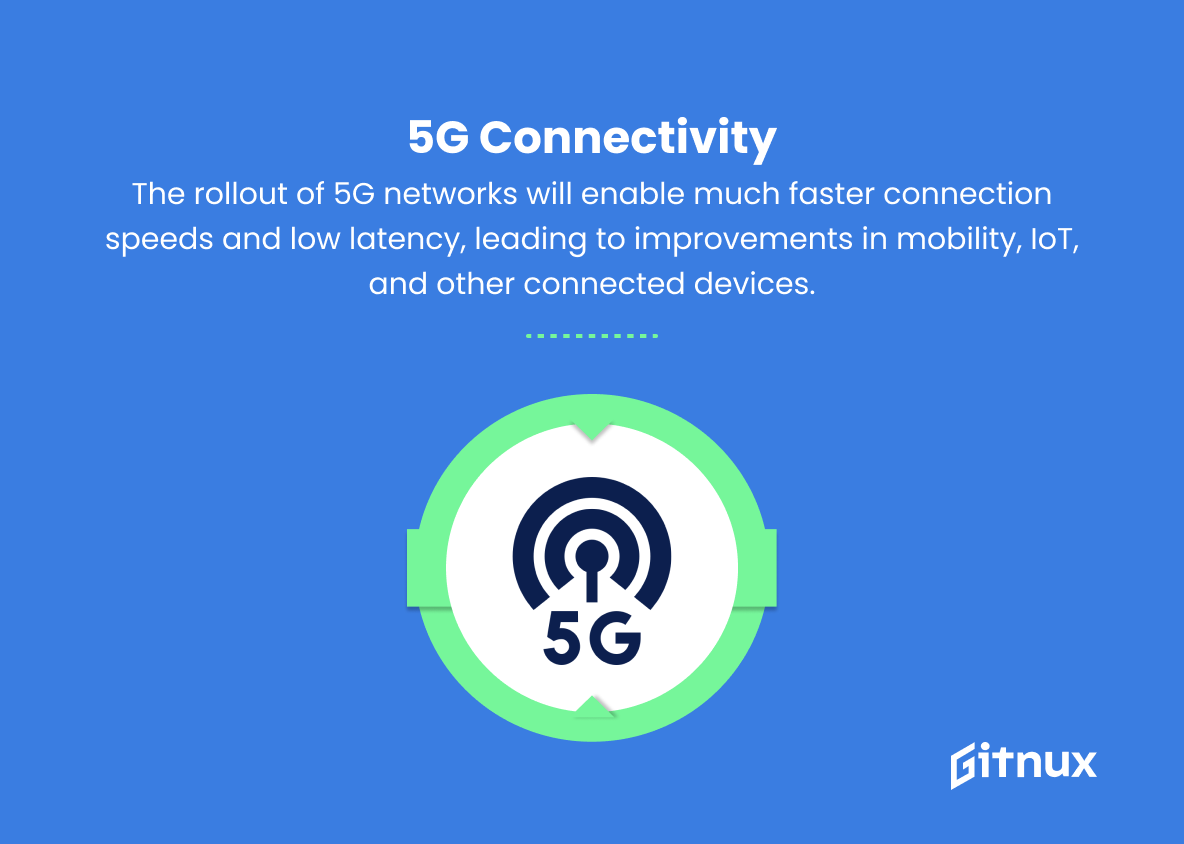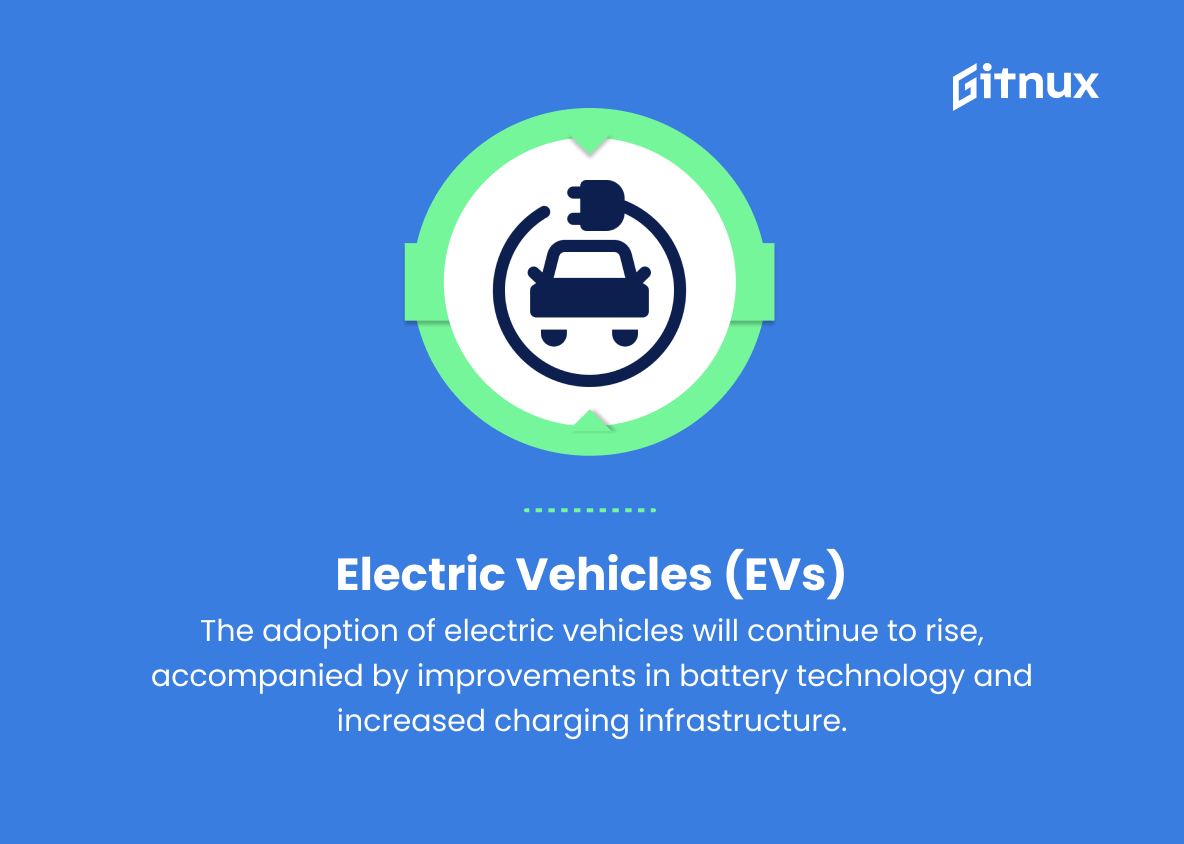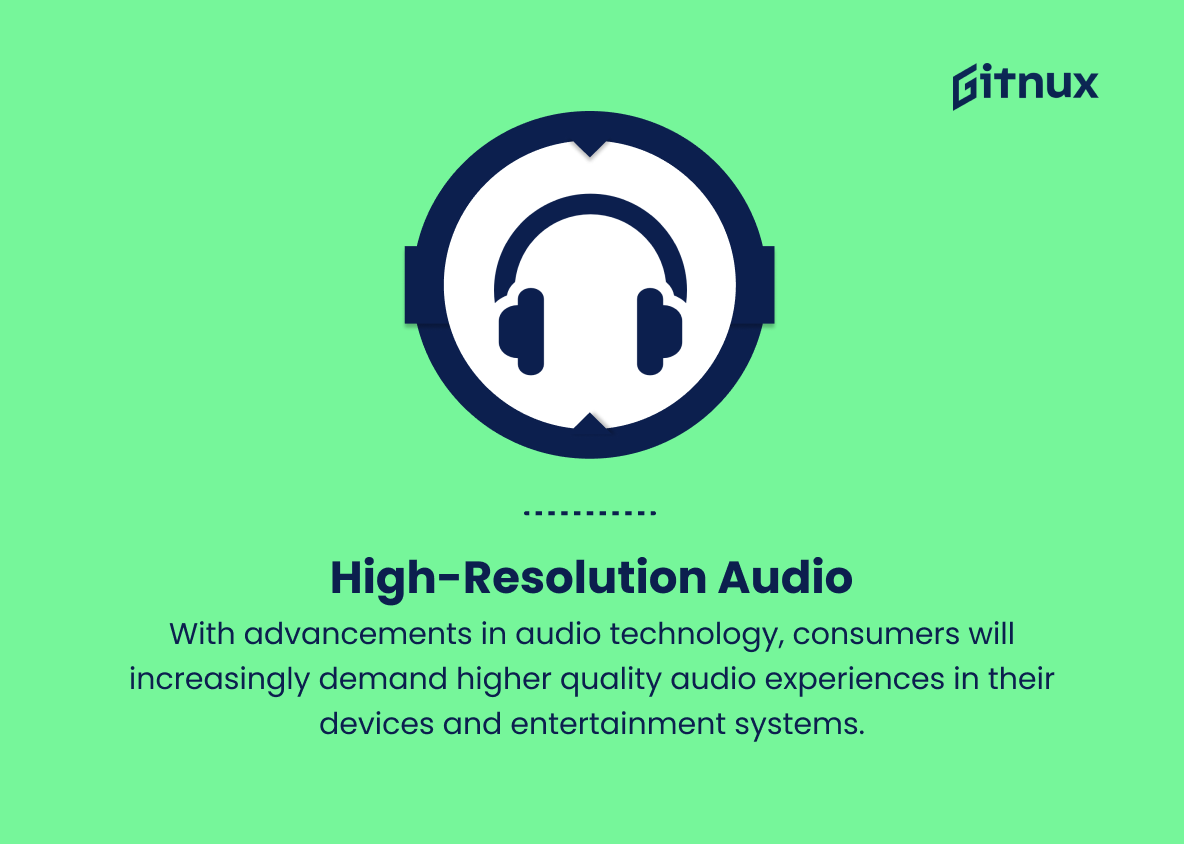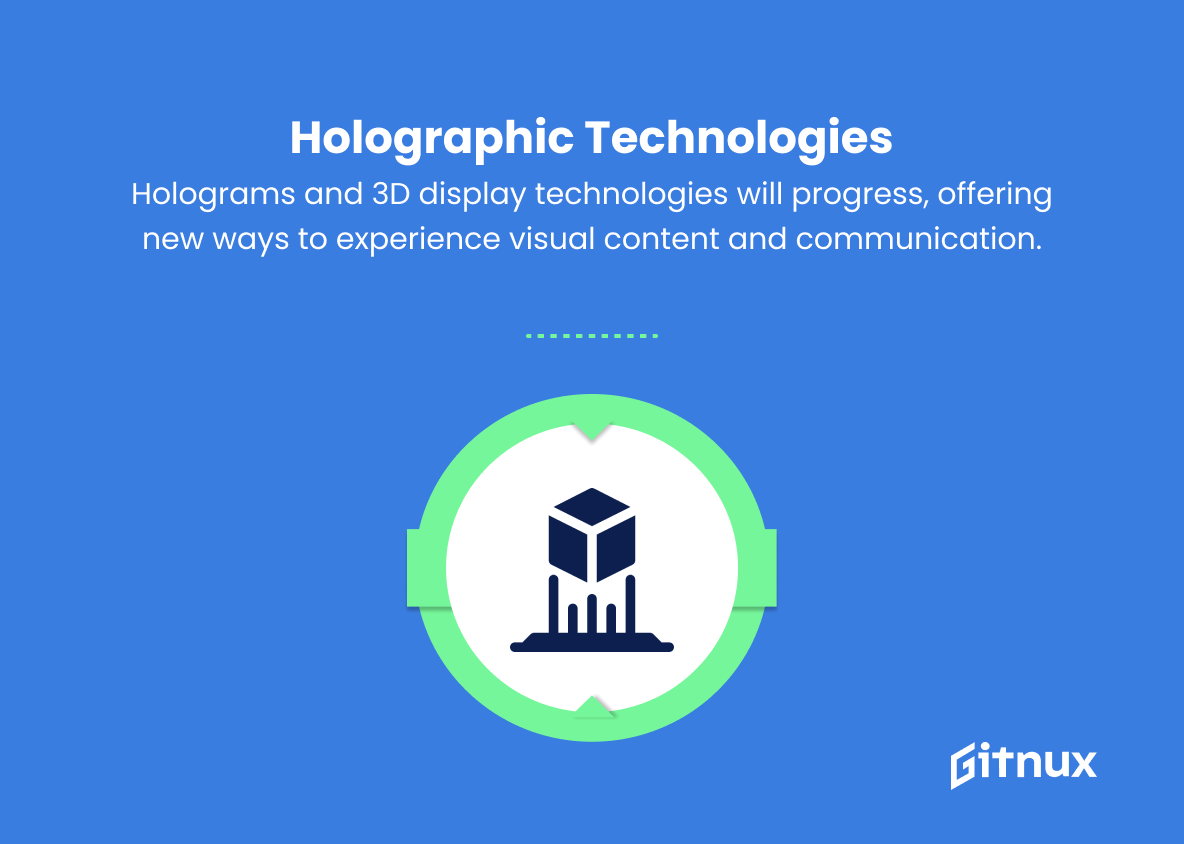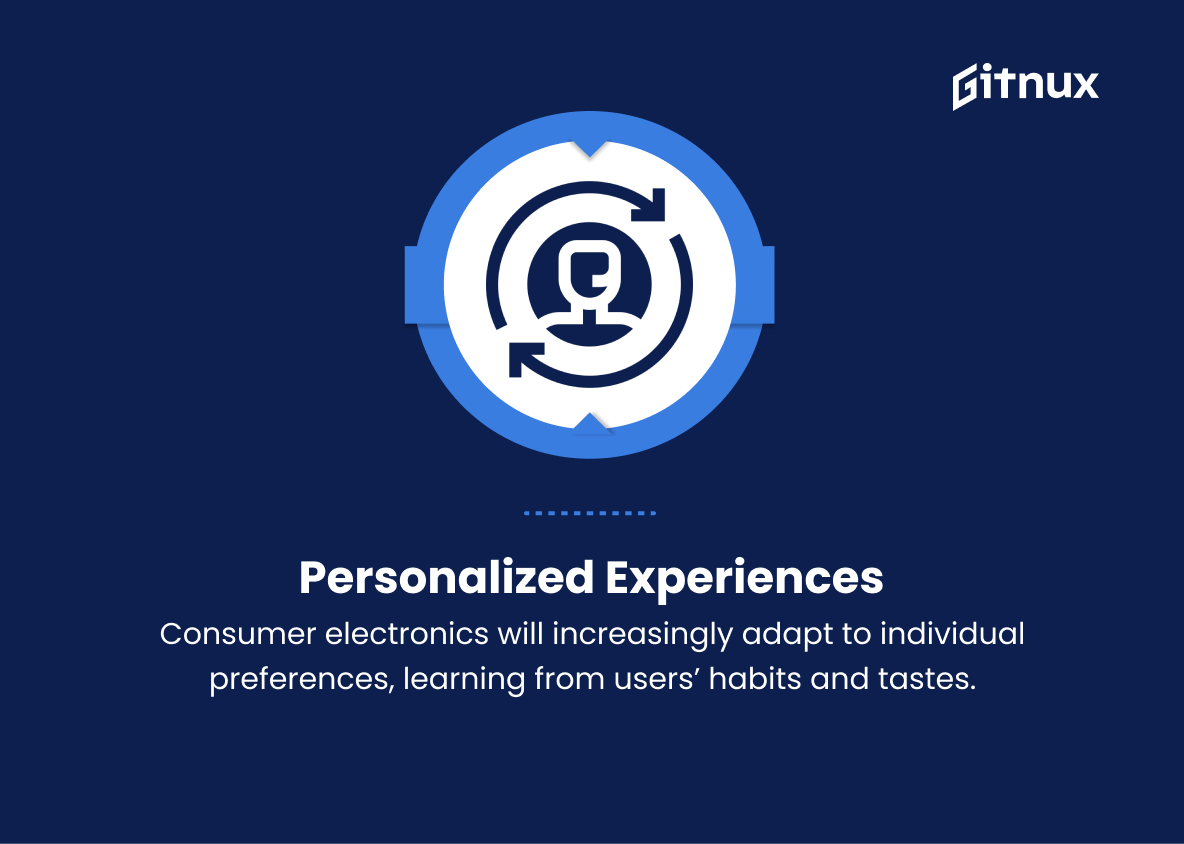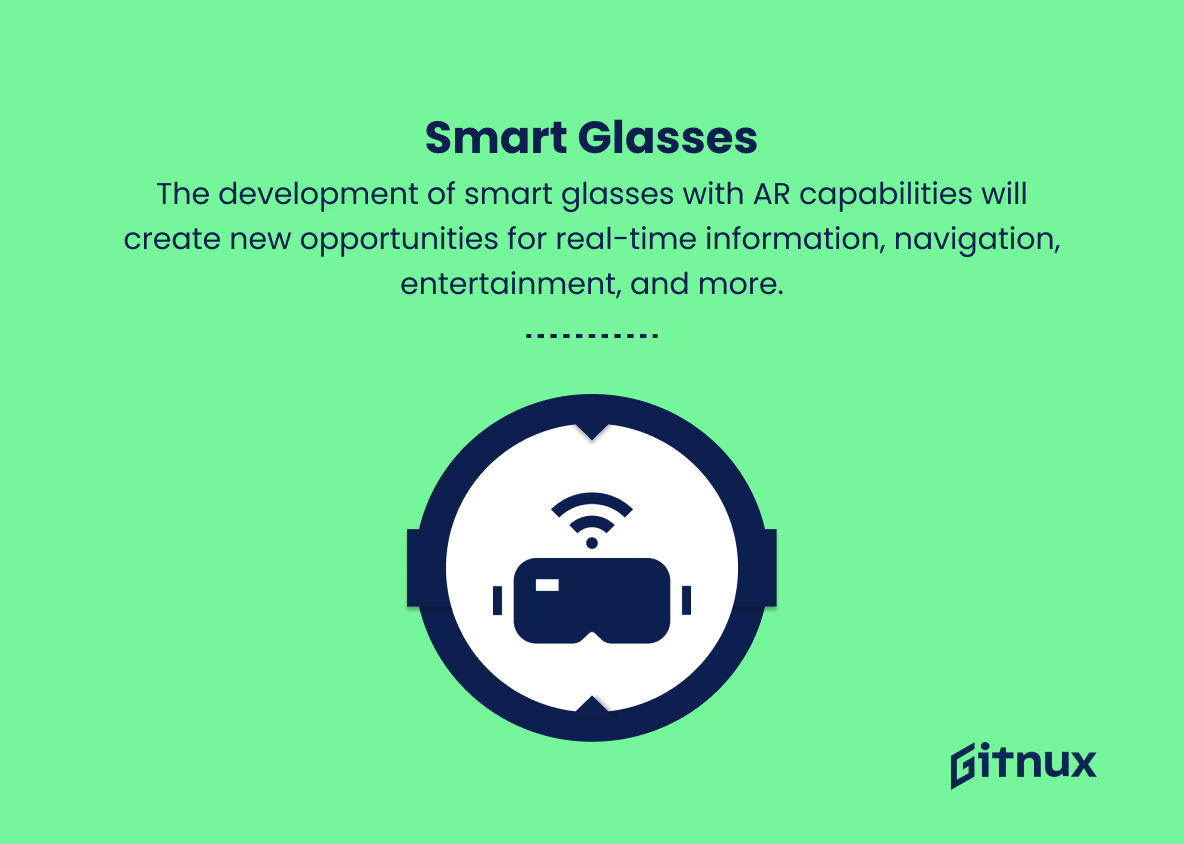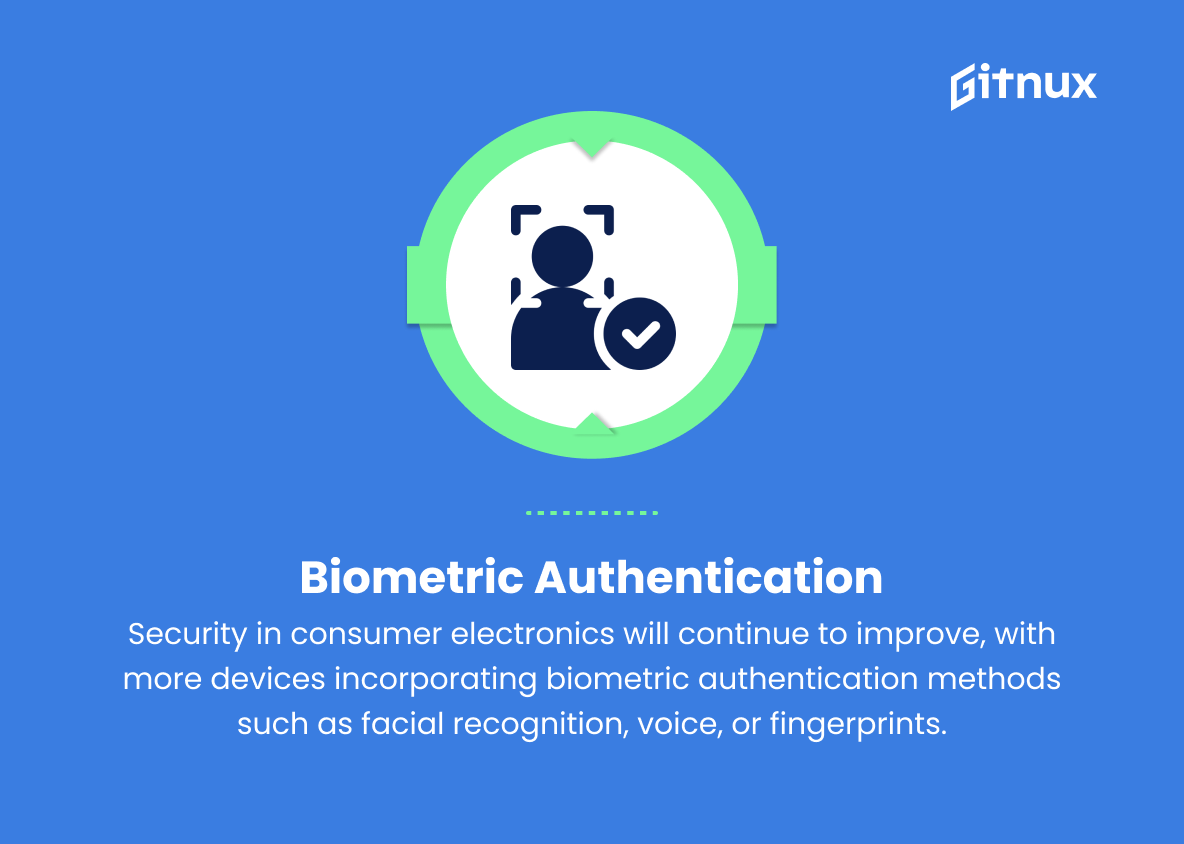In today’s rapidly evolving technological landscape, staying informed about the latest consumer electronic trends has become increasingly essential for both industry insiders and everyday consumers.
From innovative smart home devices to groundbreaking advancements in mobile technology, these trends shape not only the way we interact with the world around us, but also how we envision and design the future.
In this blog post, we explore the latest consumer electronic trends that are set to transform the market. We’ll discuss the driving forces behind these innovations and their potential impact on our lives in the coming years. Get ready to be inspired and informed!
Top Consumer Electronic Trends
1. Internet of Things (IoT)
An increasing number of electronic devices and appliances will be connected to the internet, allowing for smarter and more convenient living.
2. Voice-activated assistants
Devices such as Amazon Echo, Google Home, and Apple HomePod are becoming more popular, allowing for voice control of various smart devices and appliances.
3. Virtual reality (VR) and augmented reality (AR)
VR and AR are giving users more immersive and interactive experiences in gaming, entertainment, and e-commerce.
4. Wearables
Fitness trackers, smartwatches, and other wearable tech will become increasingly more advanced and spread to diverse applications, including health monitoring and mobile payment.
5. Artificial intelligence (AI)
As AI continues to develop, expect to see more advanced algorithms and learning capabilities integrated into consumer electronics, providing personalized experiences and improved performance.
6. 5G connectivity
The rollout of 5G networks will enable much faster connection speeds and low latency, leading to improvements in mobility, IoT, and other connected devices.
7. Flexible displays
Advancements in OLED technology will pave the way for foldable and curved screens, leading to new form factors in smartphones, tablets, and wearables.
8. Smart home automation
Consumers will increasingly adopt smart home devices, such as thermostats, lights, locks, and cameras, allowing for greater automation, energy efficiency, and security.
9. Electric vehicles (EVs)
The adoption of electric vehicles will continue to rise, accompanied by improvements in battery technology and increased charging infrastructure.
10. Robotics
Consumer robotics, including robotic personal assistants, smart appliances, and drones, will become more advanced and accessible, providing enhanced productivity and convenience.
11. High-resolution audio
With advancements in audio technology, consumers will increasingly demand higher quality audio experiences in their devices and entertainment systems.
12. Holographic technologies
Holograms and 3D display technologies will progress, offering new ways to experience visual content and communication.
13. Personalized experiences
Consumer electronics will increasingly adapt to individual preferences, learning from users’ habits and tastes.
14. Smart glasses
The development of smart glasses with AR capabilities will create new opportunities for real-time information, navigation, entertainment, and more.
15. Biometric authentication
Security in consumer electronics will continue to improve, with more devices incorporating biometric authentication methods such as facial recognition, voice, or fingerprints.
16. E-sports
As the popularity of e-sports continues to grow, consumer electronics will increasingly be designed to cater to both casual gamers and professionals alike.
17. Sustainability
Green technology and sustainable design will become more prominent in consumer electronics, with more recycled materials and energy-efficient technologies being employed.
18. Cloud gaming
The rise of cloud gaming services will enable high-quality streaming of video games to various devices, making gaming more accessible to wider audiences.
19. Multi-device ecosystems
The integration of various devices and platforms will become even more seamless, creating more cohesive connected experiences.
20. Telemedicine and remote health monitoring
Electronic devices will increasingly be used to monitor and manage health, allowing doctors and patients to connect remotely and share information more easily.
Implications
Consumer electronics trends are rapidly evolving, with advancements in the Internet of Things (IoT), voice-activated assistants, virtual and augmented reality, wearables, artificial intelligence, and more shaping the future of daily life. These developments will not only make living more convenient and connected, but they will also revolutionize industries such as entertainment, e-commerce, health and fitness, and transportation.
Exciting innovations like flexible displays, holographic technologies, and smart glasses will introduce new possibilities for communication and media consumption, while security measures will become more robust through biometric authentication. With the growing popularity of e-sports and the increasing ubiquity of cloud gaming, consumer electronics will cater to a wide range of user needs, from casual gamers to professional athletes.
At the same time, the industry will prioritize sustainability through the adoption of green technology and sustainable design, making electronics more environmentally friendly. Telemedicine and remote health monitoring will further enhance the capabilities of consumer electronic devices, ensuring that these cutting-edge technologies serve as vital tools in an increasingly interconnected world. Overall, the rapid evolution of consumer electronics promises to bring about unprecedented levels of convenience, productivity, and personalization to our daily lives.
Conclusion
In summary, with the rapid advancements and ever-evolving landscape of consumer electronics, it is essential to keep an eye on the emerging trends to stay ahead of the curve. From increasing sustainability efforts and the rise of artificial intelligence, to the growing popularity of wearables and connected home devices, these trends are shaping the way we interact with technology on a daily basis.
As consumer expectations continue to grow, it is important for businesses and individuals alike to stay informed and adapt to these changes. The future of consumer electronics promises to be an exciting journey, with innovations that will not only entertain us, but also enhance our lives and streamline our daily routines. The possibilities are endless, and we can’t wait to see what the industry will bring us next.

